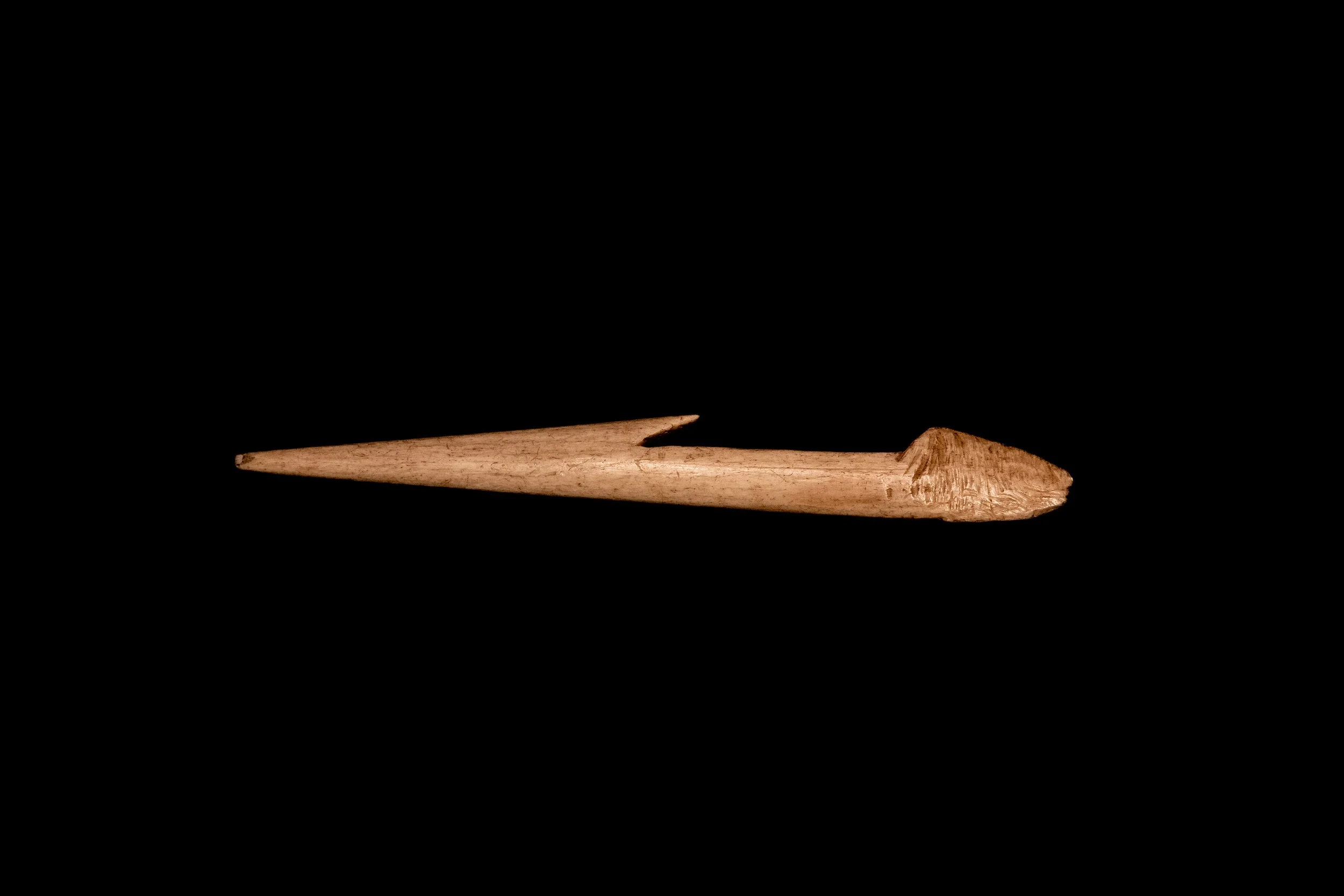Finding Darwin
“Finding Darwin” is the result of a 40-day solo expedition across Patagonia, covering more than 11,000 km (6,835 miles) in a 4x4 Jeep between February and April 2023. This project was supported by the National Geographic Society.
In 1831, Captain FitzRoy departed England aboard the HMS Beagle, accompanied by a young man named Charles Darwin. That journey would forever change our understanding of the world and our place in it. Darwin, with his relentless curiosity, sharp observational skills, and instinctive insight, came to see nature in a completely new light—leading to the formulation of his most influential theory.
The first key clue that set Darwin on the path toward what would become the Theory of the Evolution of Species—arguably the most significant scientific work ever published—did not come from the remote Galápagos Islands, but three years earlier, on a stormy beach on the northern coast of Argentina, at a fossil site. Patagonia was a formative school for the young naturalist.
He filled his journals with vivid descriptions of the people and landscapes of Patagonia. His writings contain detailed socio-anthropological observations—ranging from the impacts of colonization and the ongoing genocide in Argentina, to his astonishment upon encountering the Indigenous peoples of Tierra del Fuego.
The reflections of travelers like Darwin serve as valuable pre-ethnographic accounts, offering insight into perceptions of cultural difference and estrangement during early encounters.
The main goal of this project was to retrace and photograph—by land and sea—the routes Darwin once followed, documenting his socio-anthropological observations, the landscapes, and the legacy still present in Patagonia.
But the Beagle expedition was also a journey of self-discovery for Charles Darwin. Let us briefly set aside the familiar image of the wise, gray-bearded scientist. Let’s meet the young Darwin—a human being who stepped away from his family’s expectations, who envisioned him as a doctor or clergyman, to embark on his first journey outside Europe. The world opened up to Darwin, and Darwin opened himself to the world.
He was fascinated by the new species he encountered and the cultures that challenged his worldview. He looked inward and confronted his own biases. The nearly five years aboard the Beagle transformed Darwin. The prejudices he initially held toward Patagonia’s Indigenous peoples eventually became a catalyst for his growth, helping him realize that we are all one. Every experience shaped both his theories and his personal transformation.
Thus, beyond being a scientific and documentary expedition, this project aimed to reflect the personal journey of growth and self-discovery that Darwin experienced during that transformative voyage.










































